I am a scientist in Applied Physics Engineering interested in front line research on superconductivity. I am especially passionate about practical superconductors for enabling advanced magnet technology and the associated magnet design, modelling, engineering and testing.
My journey with superconductivity started with work on materials like MgB2 and continued with applied superconductivity, developing materials, building demonstrators using mostly REBCO HTS superconductor. I took part in development of high-current superconducting cables for future fusion magnets, energy transport application, and for use as low AC loss superconductor.
I led the development of the so-called high-temperature superconducting REBCO Roebel cables in frame of European project (EuCARD2) which lead to the first REBCO tape based accelerator demonstrator dipole magnet constructed and successfully tested at CERN.
I was involved in magnet testing for the so-called Quadrupole Doublet Module integration at FAIR. Where I gained a lot of experience in supervision of industry and research institutes preparing the magnet test station and all related matters. Through this project, I further developed my knowledge of cryogenics, beam instrumentation and associated accelerator technologies.
At Energy Materials and Systems cluster I am leading the research line towards future high field accelerator magnets. In this research line we are investigating Nb3Sn training issues in frame of collaboration with Paul Scherrer Institute in Switzerland. We are interested in mechanical properties of HTS, as BSCCO and REBCO systems, since those are enabling fields of 20T+. Beside superconducting properties of various systems, we are looking at impregnation solutions, which is crucial for magnet technology. We work together with CERN (CERN), Paul Scherrer Institute (PSI), Lawrence Berkeley National Laboratory (LBNL), National High Magnetic Field Laboratory (MagLab) and CEA Saclay (CEA) investigating above mentioning research topics.
Organisations
Publications
Research profiles
Affiliated study programs
Courses academic year 2023/2024
Courses in the current academic year are added at the moment they are finalised in the Osiris system. Therefore it is possible that the list is not yet complete for the whole academic year.
- 193599010 - Internship
- 193599039 - Master Thesis: Physics Aspects
- 193599089 - Master Thesis: General Aspects
- 201100214 - Applications of Superconductivity
- 201700185 - Internship
- 201800344 - Master's Assignment: Physics Aspects
- 201800345 - Master's Assignment: General Aspects
- 202000670 - Bachelor Assignment
- 202000683 - Instrumentation
- 202000716 - Bachelor Assignment
Courses academic year 2022/2023
- 193599010 - Internship
- 193599039 - Master Thesis: Physics Aspects
- 193599089 - Master Thesis: General Aspects
- 201100214 - Applications of Superconductivity
- 201700185 - Internship
- 201800344 - Master's Assignment: Physics Aspects
- 201800345 - Master's Assignment: General Aspects
- 202000670 - Bachelor Assignment
- 202000683 - Instrumentation
- 202000716 - Bachelor Assignment
- 202001433 - Bachelor’s Assignment AM-AP
At Energy Materials and Systems cluster I am leading the research towards future high field accelerator magnets of 20T+. We are investigating Nb3Sn training issues in frame of collaboration with Paul Scherrer Institute in Switzerland in BOX program (EMS Team: Simon Otten, Jan van Steenlandt). We are interested in mechanical properties of High Temperature Superconductors, as BSCCO-2212 and REBCO systems, looking especially at transverse stress behavior (EMS Team: Simon Otten, Sander Wessel). On demonstrator level we are interested in ReBCO pancake coils inserts behavior in external magnetic field up to 8 T (EMS Team: Thomas Nes, Jeroen Boerma, Sander Wessel, Jorick Leferink). Last but not least we take part in muon collider initiative with contribution to challenging ultra-high magnetic fields up to 50-60T (EMS Team: Simon Otten, Herman ten Kate).
We work together with CERN (CERN), Paul Scherrer Institute (PSI), Lawrence Berkeley National Laboratory (LBNL), National High Magnetic Field Laboratory (MagLab) and CEA Saclay (CEA) investigating above mentioning research topics.
Current projects
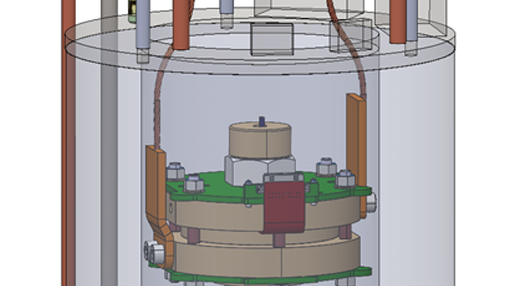
ReBCO pancake coils insert in magnetic field up to 8 T
The aim of this project is to examine HTS- ReBCO coil technology in direction of the particle accelerator magnets. In particular to understand the effect of different inter-turn resistances, orientation of the superconducting layer when using a stack approach and validation of the simulation models. Therefore at CERN, series of ReBCO pancake coils with different configurations were assembled. Those superconducting coils, were examined at CERN in variable temperature and at the University of Twente some coils are foreseen to be measured at 4.2 K (in a liquid helium bath) and in external magnetic fields up to 8 T. Parallel to the examination of the coils, ReBCO need to be characterized as input to the coil model and theoretical predictions.
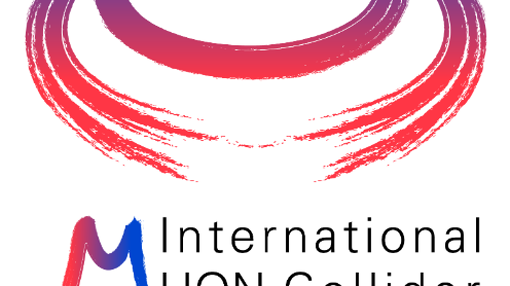
Ultra-high magnetic fields for Muon Collider
Particle physicists are looking for new ways of reaching high particle collisions energies, beyond the LHC at CERN, the Large circular Hadron Collider. One of those ways are muon collider concepts, where high energy muon beams will be produced. Such linear colliders required extremely high magnetic fields for beam cooling on the level of 40-60T. Corresponding fields can be only realized using high temperature superconductors. In the frame of this topic, which is part of muon collider European project, visibilities of such ReBCO based superconducting magnets will be studied. The work will include ReBCO conductor study, based on simulations and experiments leading to realization of the limiting mechanical properties of the material.
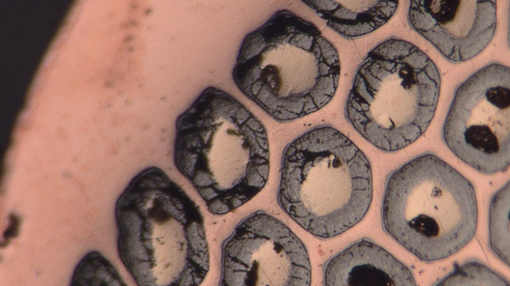
Quench training of Nb3Sn Rutherford cables for advanced superconducting accelerator magnets
In collaboration with Paul Scherrer Institute in Switzerland, we are investigation quench training of Nb3Sn Rutherford cables for accelerator magnets. Currently, training and retraining after thermal cycling contribute to loss of collision energy and thus reduced physics discovery potential. The goal of the BOnding eXperiment (BOX) project is to find the origin of training behavior and to cure it with tailored material solutions. The work is performed on multilevel platform, enveloping new or customized materials for cable to magnet structure interfaces, cable insulation and reinforcement, and last but not least Nb3Sn Rutherford cable architecture. At PSI, novel composition samples are being designed, assembled and prepared, and a major simulation effort is undertaken. At the Energy, Materials and System, the cryogenic experiments using liquid helium and high-magnetic field facilities are carried out.
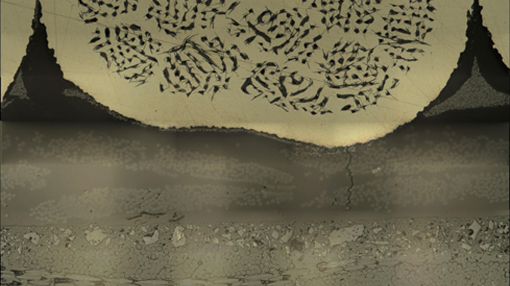
Transverse stress behavior of BSCCO-2212 Rutherford cable for accelerator type high magnetic field coils
Together with USA national labs in Tallahassee and Berkeley, EMS is taking part in examination of the BSCCO-2212 Rutherford cable for accelerator type high magnetic field coils. To realize magnets with a field strength above 16 T only high temperature superconductors can be used due to their critical physical parameters, such as upper critical field, temperature and current density. Beside those critical parameters in the coil design also mechanical rigidity needs to be taken into account. Preferably for simplicity of magnet design round conductor is wanted and BSCCO-2212 is the only HTS which fulfills the requirement. At University of Twente EMS, the unique superconducting transverse press set-up is available in which superconducting cables powered up to at 50 kA in magnetic field up to 11 T and liquid helium conditions can be examined. This set-up allows to examine high current BSCCO-2212 Rutherford cables at operational conditions, which further have an impact on the future of this conductor in among others, accelerator magnets.
Address
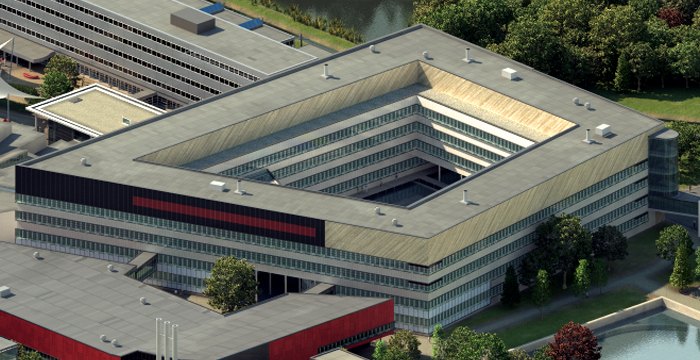
University of Twente
Carré (building no. 15), room C2057
Hallenweg 23
7522 NH Enschede
Netherlands
University of Twente
Carré C2057
P.O. Box 217
7500 AE Enschede
Netherlands